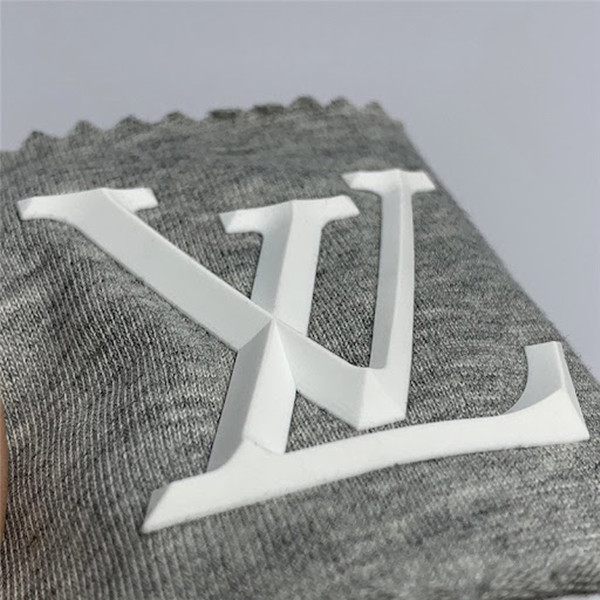Customize in HARMONY
To learn more about HPP
When it comes to personalizing apparel, two popular methods stand out: screen printing and heat transfer. Both techniques offer unique advantages and have their own set of loyal followers. In this article, we will delve into the world of screen printing and heat transfer, highlighting their differences, benefits, and drawbacks. By the end of this analysis, you'll have a better understanding of which method suits your needs best.

Screen printing, also known as silk screening, is a tried and true method that has been used for centuries. It involves creating a stencil, known as a screen, by blocking certain areas with a water-resistant emulsion. The ink is then forced onto the fabric through the open areas of the screen using a squeegee. This process allows for vibrant and long-lasting designs.
One of the main advantages of screen printing is its durability. The ink used in this technique is highly resistant to fading, making it ideal for garments that will withstand frequent washing or regular use. Additionally, screen printing allows for precise color matching, ensuring consistency across multiple items. This makes it a popular choice for companies looking to maintain a strong brand identity.
However, screen printing does have its limitations. It is best suited for designs with simple and bold elements, as intricate details may not be accurately reproduced. Additionally, the setup process can be time-consuming and costly, especially for small quantities, as each color in the design requires a separate screen. For these reasons, screen printing may not be the most suitable option for individuals looking to create one-off or highly detailed designs.
Heat transfer, on the other hand, offers a more versatile approach to apparel decoration. This method involves using heat and pressure to transfer a pre-printed design onto the fabric. The design is first printed onto a specialized heat transfer paper or vinyl, which is then applied to the garment using a heat press machine.
One of the primary advantages of heat transfer is its ability to reproduce intricate details and complex designs with ease. This method allows for the seamless integration of gradients, small text, and fine lines, making it popular among individuals looking to create custom apparel with highly specific designs. Additionally, heat transfer offers a quicker turnaround time as compared to screen printing, making it a preferred choice for those seeking fast production.
However, heat transfer does have its drawbacks. While the designs may initially appear vibrant and eye-catching, they may gradually fade over time, particularly when subjected to frequent washing or exposure to high heat. Moreover, heat transfer designs are more prone to cracking and peeling, especially on stretchy materials like spandex or polyester. Therefore, heat transfer may not be ideal for apparel that requires frequent laundering or intense physical activity.
Ultimately, the decision between screen printing and heat transfer depends on your specific needs and preferences. If you value durability, consistent color reproduction, and are inclined towards simple designs, screen printing may be the best choice for you. On the other hand, if you prefer versatility, quick turnaround times, and intricate details, heat transfer may be the perfect method to bring your creative visions to life.
Consider the nature of your project, the intended use of the garment, and your desired aesthetic outcome. By carefully evaluating these factors, you can determine which method aligns with your goals and ensures the best results for your personalized apparel.